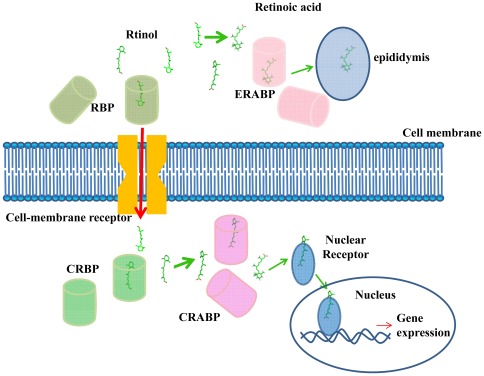Figure 4. The retinoid possible transport model.
In plasma, retinol binds with RBP in a higher-affinity form. Some of the retinol is oxidized to retinoic acid in the epididymis, which is required for sperm maturation. Most of the plasma retinol is transported to the interior of target cells across and across the cell membrane by a specific receptor. The retinol is picked up from the membrane by an intracellular structural homolog, called cellular retinol-binding protein (CRBP), in a lower-affinity form. Once inside the cells, the low affinity form may be readily used by the cell. In different subcellular locations, the retinol binding orientation is reversed. When the body is in need of vitamin A, the retinol dissociates from the CRBP, which is converted into retinoic acid and bound by CRABP. CRABP then transports retinoic acid to the nucleus across the nuclear receptor, thereby activating gene transcription.

